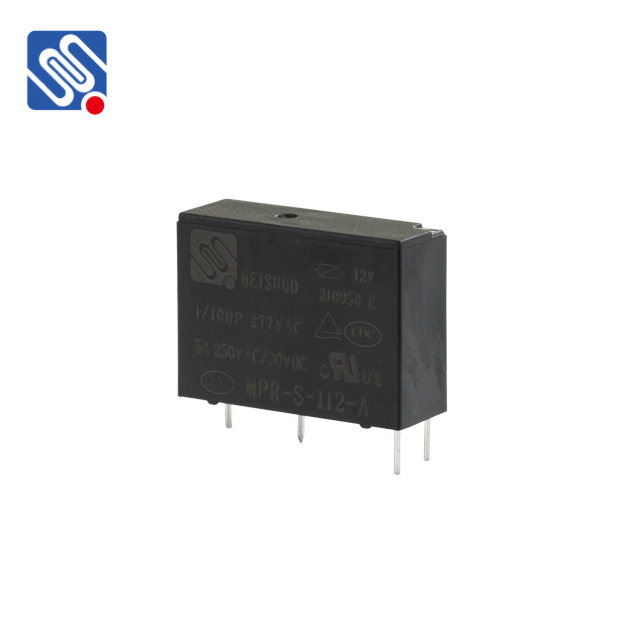understanding relay stability in electrical systems with meishuo technology
Release time:2025-04-22 09:35:40
Relay stability is a critical aspect of electrical power systems, ensuring that relays perform their protective functions effectively while avoiding false trips or instability. The concept of relay stability revolves around the ability of a relay to maintain correct operation under varying system conditions and disturbances. In this article, we will explore the importance of relay stability and how innovations like Meishuo technology are contributing to improving the reliability and performance of protective relays.

A protective relay is an essential component in any power system, designed to monitor electrical parameters such as current, voltage, and frequency. When an abnormal condition is detected, the relay quickly operates to disconnect the faulty section, preventing damage to equipment and ensuring system stability. However, this process must occur under a wide range of circumstances, from normal operation to extreme fault scenarios. Relay stability ensures that relays do not malfunction during transient events, and only trip when a genuine fault occurs.
One of the primary challenges in relay stability is preventing maloperation during transient faults. These occur when a system experiences short-term disturbances that might momentarily mimic fault conditions but do not require a disconnection of the power supply. Traditional relay systems may misinterpret such transients as faults, leading to unnecessary outages. Therefore, it is crucial to have a relay that can distinguish between these temporary disturbances and real faults to avoid unnecessary tripping.


